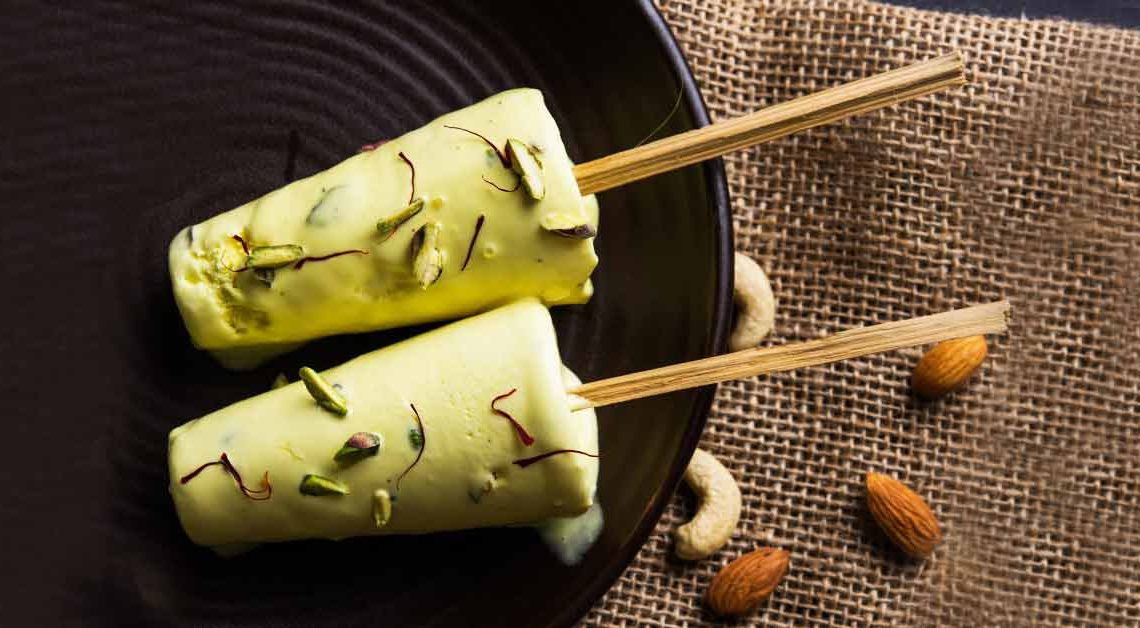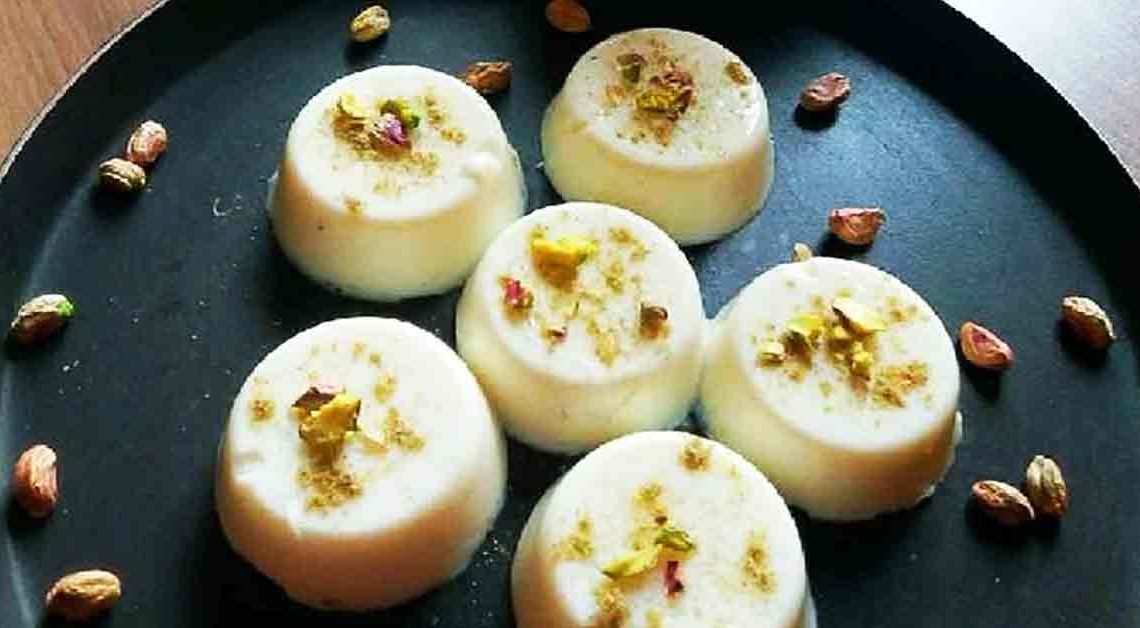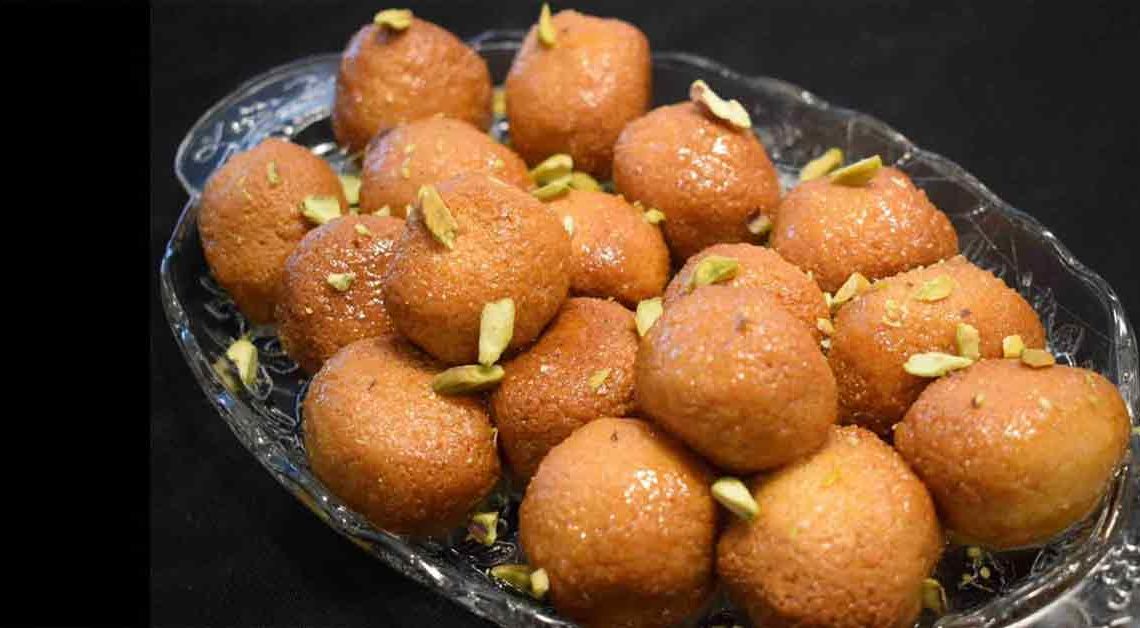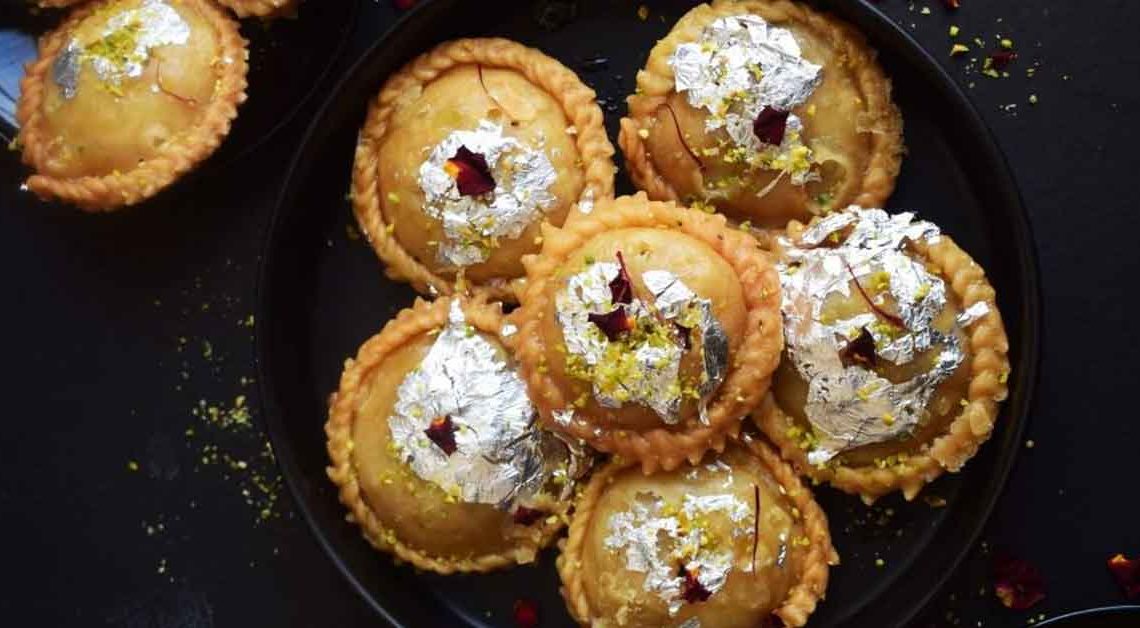Kulfi: Frozen Indian Dessert

Kulfi, the creamy and delicious Indian frozen dessert, has been a favorite treat for generations. From the streets of Mumbai to the kitchens of Michelin-starred restaurants, It has earned its place in dessert lovers’ hearts (and stomachs) worldwide.
Whether you’re a seasoned Kulfi connoisseur or a newcomer to this frozen delicacy, this food blog is your ultimate guide to all things of it. From classic flavors like pistachio and mango to modern twists like rose and saffron, we’ll explore the endless possibilities of it.
Join us on a journey through its rich history, from its humble beginnings as a simple frozen milk dessert to its current status as a global sensation. But that’s not all – our blog is also a celebration of the diverse cultures and traditions that have contributed to it’s evolution. We’ll explore the regional variations of it, from the creamy malai kulfi of the north to the fruity falooda kulfi of the south.
So come along on this kulfi adventure with us – we promise it’ll be a sweet and satisfying journey!
Origin of Kulfi
It is believed to have originated in the Indian subcontinent, with some evidence suggesting that it was first made in the Mughal era. The Mughals were known for their love of fine food and were great patrons of the arts. They are said to have introduced kulfi to India, along with other delicacies such as kebabs and biryanis.
The word “kulfi” is derived from the Persian word “qulfi,” which means “covered cup.” This is because it was traditionally made in earthenware cups called matkas, which were covered with a lid and then immersed in ice to freeze. Today, it is made in a variety of molds, including plastic and metal ones.
History of Kulfi
It has a long and rich history that is intertwined with the culture and traditions of India. It is believed that it was originally made by boiling milk for several hours to reduce it and then adding sugar and flavorings such as cardamom, saffron, and pistachios. The mixture was then poured into the matkas and left to freeze overnight.
Over time, it evolved to include a wide range of flavors, including mango, rose, almond, and chocolate. It also became popular in other parts of the world, such as Pakistan, Bangladesh, and Afghanistan.
Cultural Significance of Kulfi
It has a special place in Indian culture and is often associated with celebrations and festivals. It is a popular dessert during Diwali, the Hindu festival of lights, as well as during Eid al-Fitr, the Muslim festival that marks the end of Ramadan. It is also commonly served at weddings and other special occasions.
In addition to its cultural significance, It is also associated with childhood memories for many Indians. It is a nostalgic treat that brings back memories of summer days spent with friends and family. Many Indians have fond memories of eating it from street vendors or from small shops that specialize in desserts.
Where is Kulfi Famous?
It is popular throughout India, but some regions are particularly well-known for their kulfis. In the northern state of Uttar Pradesh, the city of Varanasi is famous for its kulfi, which is made with thickened milk, cardamom, and saffron. In the western state of Gujarat, the city of Junagadh is known for its fruity and nutty kulfis, which come in flavors such as mango, rose, and almond.
In the southern state of Tamil Nadu, the city of Madurai is famous for its jil jil jigarthanda, a refreshing drink made with it, rose syrup, and vermicelli. In the eastern state of West Bengal, the city of Kolkata is known for its matka kulfi, which is made in earthenware cups and flavored with cardamom and pistachios.
Famous Varieties of Kulfi
It is a popular dessert throughout India, but there are some regional variations that are particularly famous. Here are a few of the most popular varieties of it:
- Malai: This is the most basic and traditional variety that is made with a mixture of milk, sugar, and cream denoted as Rabri. It has a rich and creamy texture and is flavored with cardamom and saffron.
- Pista: This variety is made with a mixture of milk, sugar, and ground pistachios. It has a nutty flavor and a pale green color.
- Mango: This variety is made with a mixture of milk, sugar, and pureed mangoes. It has a fruity flavor and a bright yellow color.
- Kesar: This variety is made with a mixture of milk, sugar, and saffron. It has a distinct flavor and a deep yellow color.
- Kulfi Falooda: This is a popular variation, that is served with falooda, a sweet and refreshing dessert made with vermicelli noodles, rose syrup, and basil seeds.
Interesting Facts and Trivia related to Kulfi
- It is often compared to ice cream, but the two desserts are quite different. It is denser and creamier than ice cream, and it is made without churning, which gives it a smoother texture.
- In India, It is often sold by street vendors who sell it from carts or small shops. These vendors often make their own, using traditional recipes that have been passed down for generations.
- It is not only popular in India but also in neighboring countries like Pakistan, Bangladesh, and Nepal. It is also gaining popularity in other parts of the world, including the United States and the United Kingdom.
- In 2015, the Guinness World Record for the largest serving of it was set in India. The dessert weighed over 1,000 kg and was made using over 200 liters of milk.
- It has also inspired other frozen desserts around the world. In Iran, there is a similar dessert called bastani, which is made with saffron, pistachios, and rosewater. In Turkey, there is a dessert called dondurma, which is made with salep, a type of flour made from orchid bulbs.
- In some parts of India, it is served with rose petals, chopped nuts, and a sprinkle of cardamom powder. It is also sometimes served with falooda, a sweet and refreshing dessert made with vermicelli noodles, rose syrup, and basil seeds.
- It has been featured in Indian movies and songs, further cementing its place in the country’s culture. In the Bollywood movie “Rang De Basanti,” there is a scene where the characters enjoy it, and in the song “Ice Cream Khaungi,” the singer sings about her love for it.







